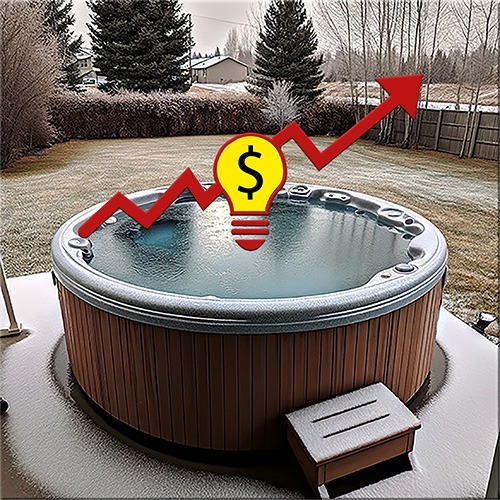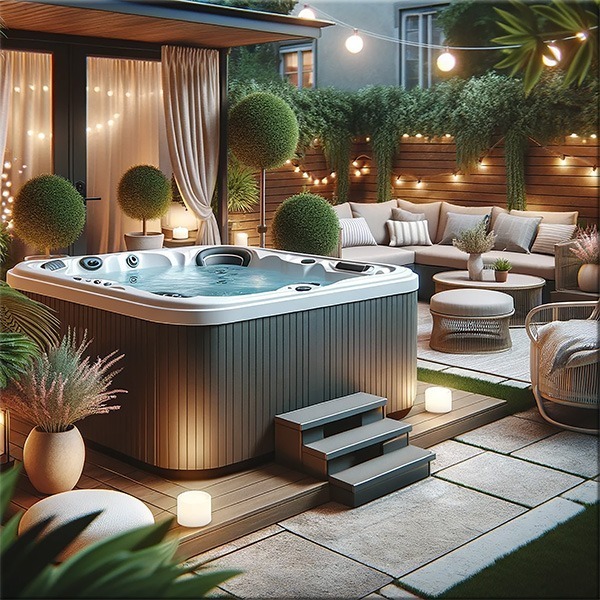In the realm of home relaxation and luxury, hot tubs are often considered the crown jewels. They promise a private retreat, a place to unwind after a long day’s work or to entertain friends and family. However, the traditional hot tub has its share of complexities, from installation woes to maintenance demands. Enter the plug-and-play hot tub—an innovation designed to mitigate these challenges. But is it the perfect solution for your soaking desires? Before you decide, let’s immerse ourselves in the advantages and disadvantages of these accessible, user-friendly spas.
Pros of Plug-and-Play Hot Tubs:
Affordability & Convenience
Portability
No Electrical Hassles
Variety to Fit All Spaces
Potential for Upgrades
Cons of Plug-and-Play Hot Tubs:
Electrical Trade-offs
A Trade-off in Features
Working Overtime
Heating Patience Required

Chilly Weather, Chilly Tub
In colder environments, maintaining a toasty temperature can be a challenge, especially with the smaller heating elements of plug-and-play tubs because of their lower wattage, leading to more frequent heater cycling and potentially higher utility bills and a larger strain on components.

Gentler Flow
The pumps in these tubs may not offer the same vigorous jet streams as their 220V counterparts, but they still deliver a serene hydrotherapy experience.
Takeaways
“Plug And Play Hot Tub: Turn Your Backyard Into An Outdoor Sanctuary” By Stefan Gheorghe from Homedit. Reviewed By Lance Crayon

